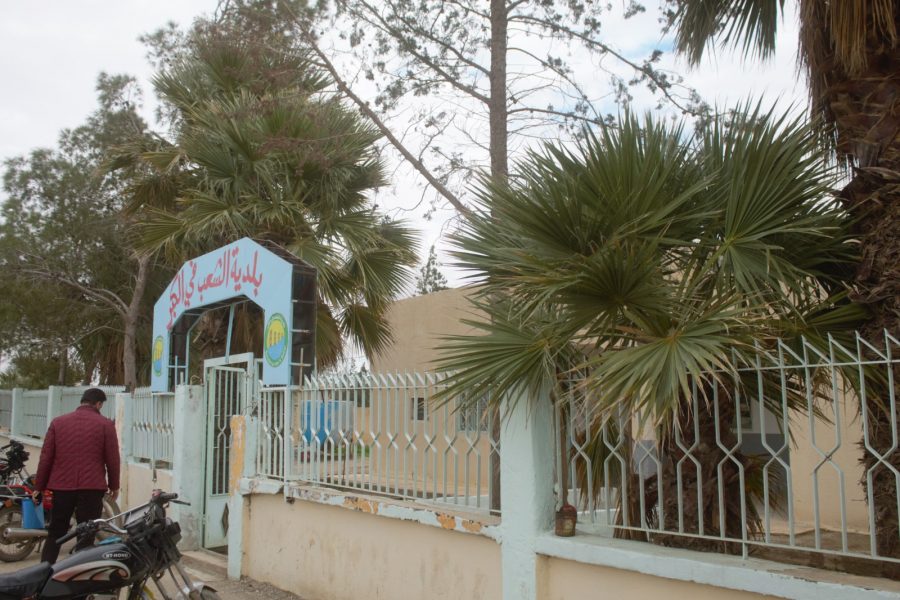Over the past nine years, Syrian civilians were the vast majority of the conflict victims and those who were exposed to the consequences and risks. The impact on civilians is not limited to the armed conflict, but they became victims for many agreements, whether the local ones among the Syrian parties to conflict, or the international ones among the influencing states, that resulted in massive displacement influxes, where some of them violated international laws.
Likewise, Deir Ezzor province was not different from other Syrian provinces; since 2012 up this moment, the province has been through security instability. In June 2012, the Syrian government forces launched a large-scale attack on Deir Ezzor that resulted in displacement of thousands of civilians after using fighter planes, helicopters, and heavy weapons. Many massacres were committed, including the one that took place in Al Joura and Al Qusour neighborhoods where dozens of civilian casualties fell. The civilians’ suffering continued following ISIS invasion in 2014 as thousands of civilians had to flee after grave violations were committed by ISIS, Al Shuaitat Massacre in 2014 is one of the examples.
The miserable spectacle of displacement took place again in the second half of 2017 as the military actions started to recapture the province by the Syrian government forces with support of Russian forces and foreign militias on hand, and the Syrian Democratic Forces with support of the US-led Global Coalition on the other. The western areas located in the north of Euphrates River in Deir Ezzor became a safe place for the IDPs as SDF recaptured and controlled those areas without military actions. Other provinces such as Damascus, Al Hasaka, Al Raqqa, and the northern countryside of Aleppo received thousands of IDPs.
On the other hand, the intensified aerial bombardment by the Global Coalition resulted in large-scale destruction and massive displacement in the areas located in the north of the river such as Hajeen and Al Sh’afa, where civilians fled towards the west of Deir Ezzor, and then returned following SDF control on those areas.
The returning of IDPs to government held areas are not an option for many of them, especially for young people who fear from the ghost of being recruited in the compulsory service as soon as they return. Additionally, IDPs fear from security prosecution and financial blackmail. On the other hand, this is a shortage of job opportunities and not to mention the destruction of civilians’ houses due to aerial bombardment and artillery over several years.
This paper aims at shedding the light on the current situation in the SDF held areas in terms of security, economic, and services conditions such as education, health, electricity, and water. The paper raises the different opinions and concerns of the locals, and initiate a discussion about the future of Deir Ezzor before the interested local and international parties and stakeholders.This paper depends on interviews with key informants in Deir Ezzor including civil society activists who are in a direct and constant contact with the local community
To read the full report..Civilians of Deir Ezzor..Multiple Risks and Uncertain Future











